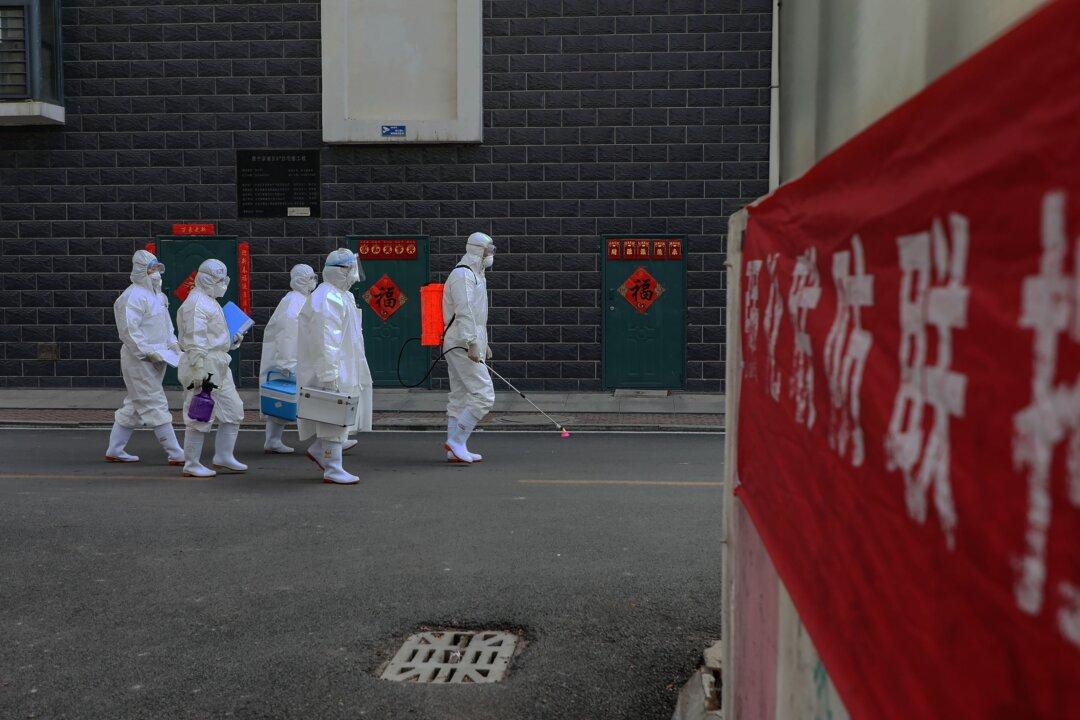The novel coronavirus outbreak in eastern China’s Shandong Province is much worse than what has been officially reported, according to a series of internal government documents obtained by The Epoch Times.
Each day from Feb. 9 to Feb. 23, Shandong authorities underreported the number of infections, according to internal data compiled by the Shandong Center for Disease Prevention and Control (SCDC). The SCDC kept a tally of the number of people who tested positive for the virus during nucleic acid testing—using a diagnostic kit to test patient samples and detect whether they contain the virus’s genetic sequence.





